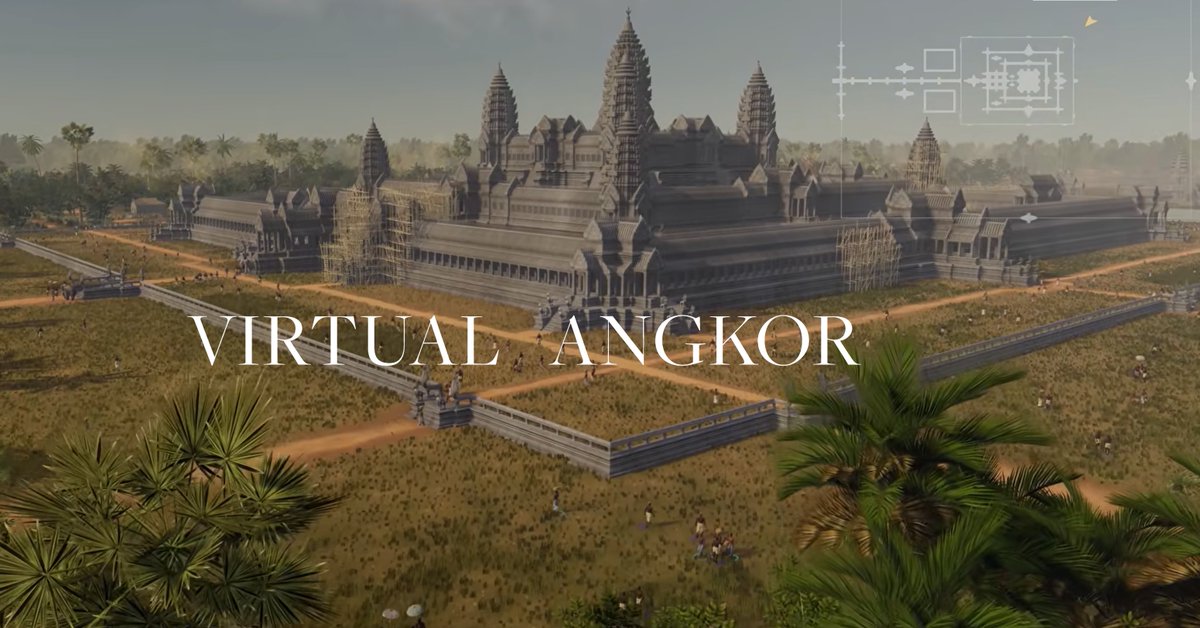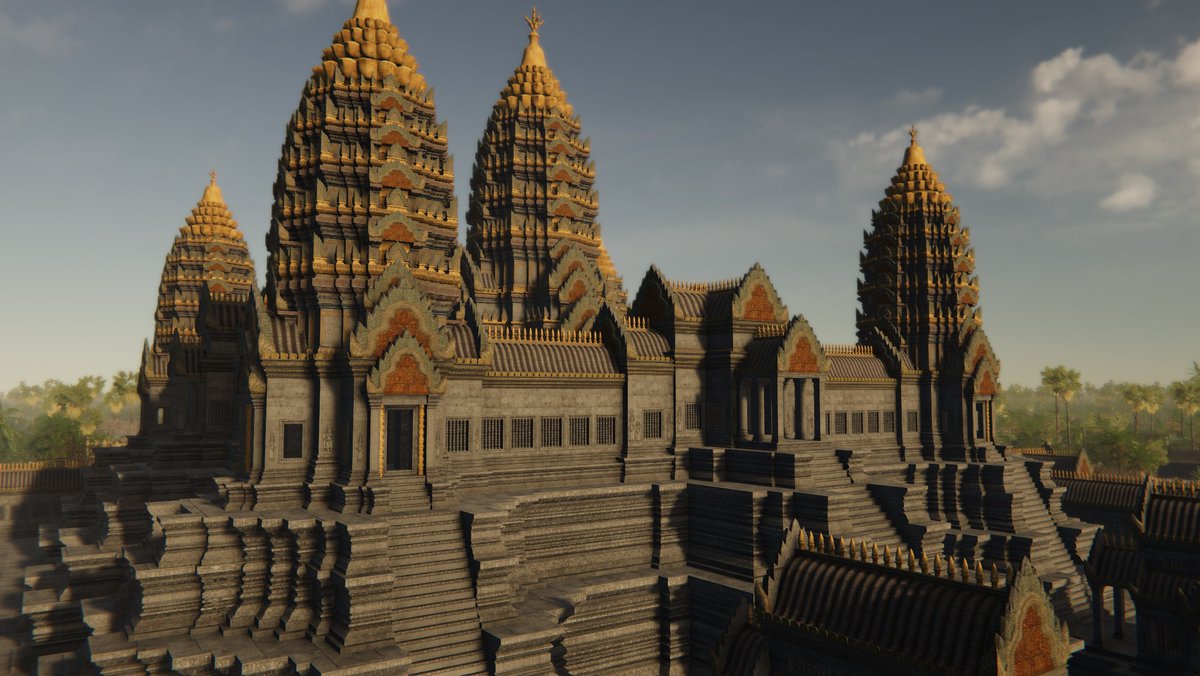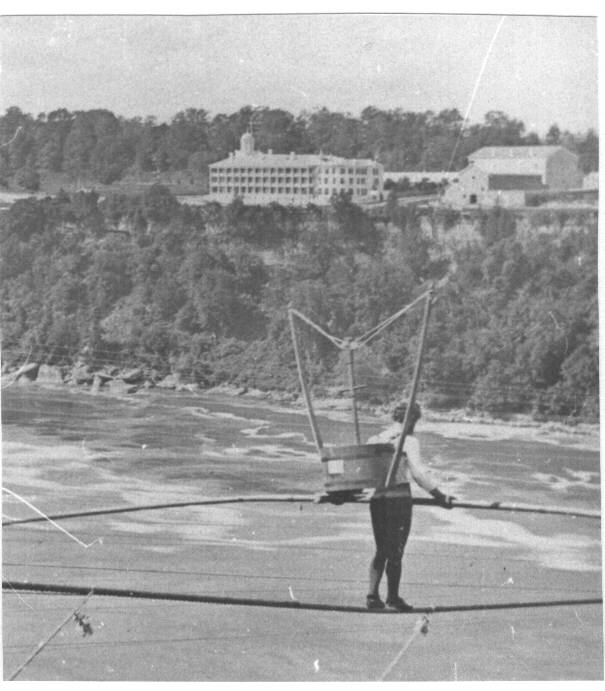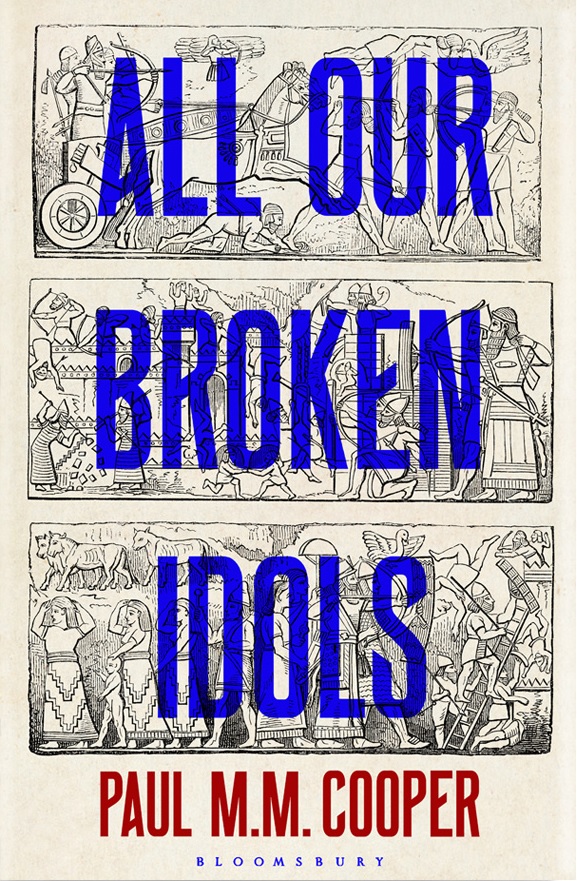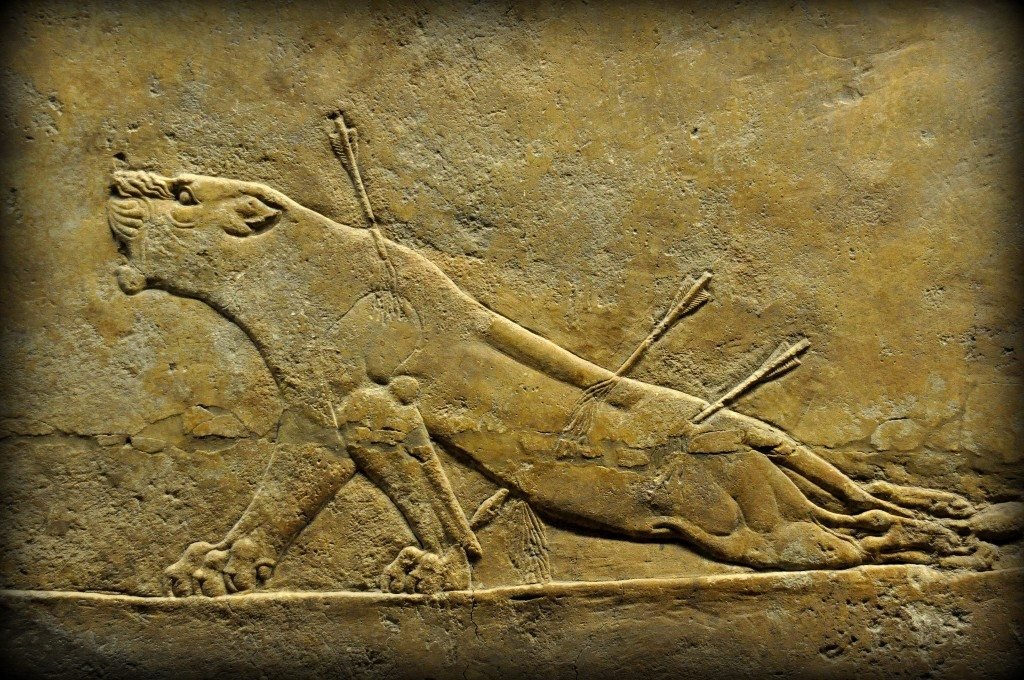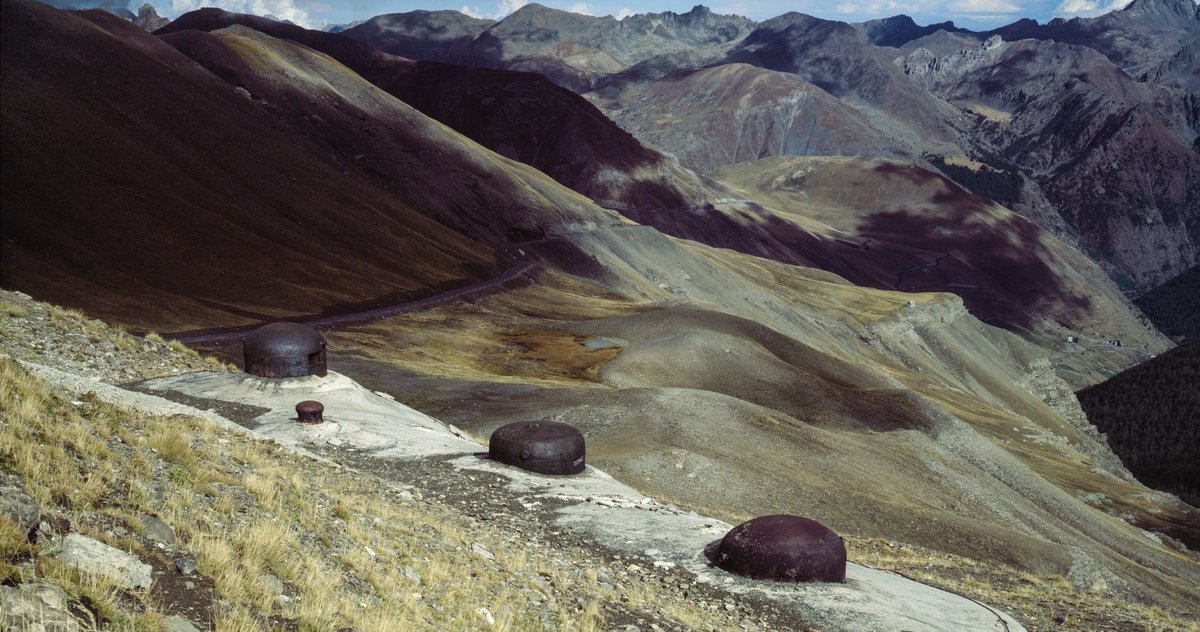I fell down a bit of a ruins research rabbithole today, thought I'd share some of my weird journey.
It started with this incredible 1858 photo of the Temple of Olympian Zeus in Athens.
It started with this incredible 1858 photo of the Temple of Olympian Zeus in Athens.

What drew me attention was this strange protuberance on top. It looked really strange & didn't fit with the rest of the building 

• • •
Missing some Tweet in this thread? You can try to
force a refresh


